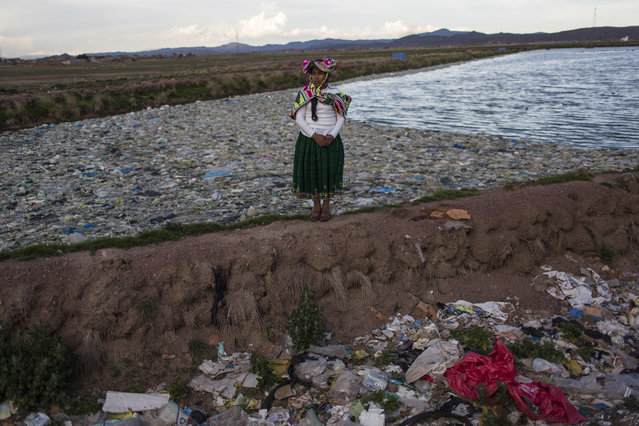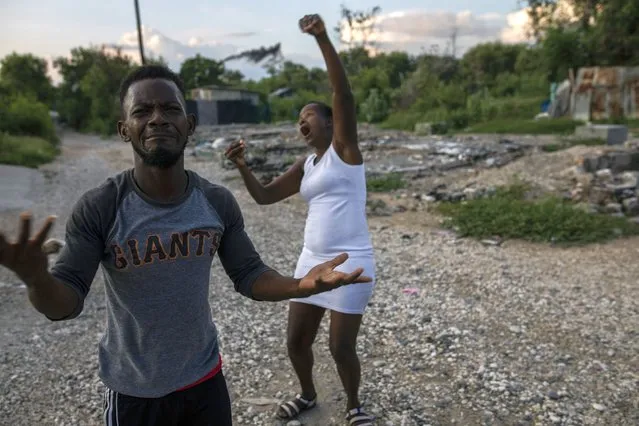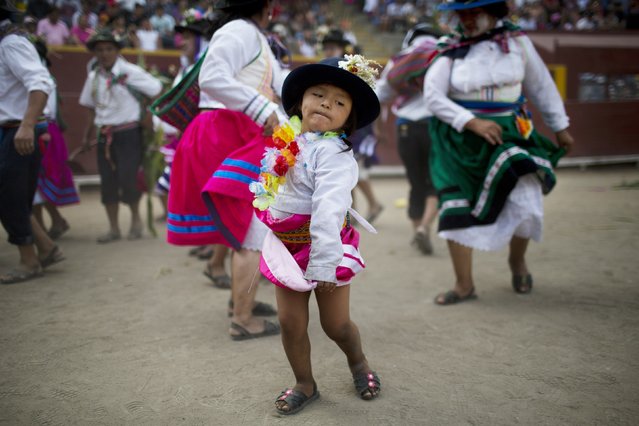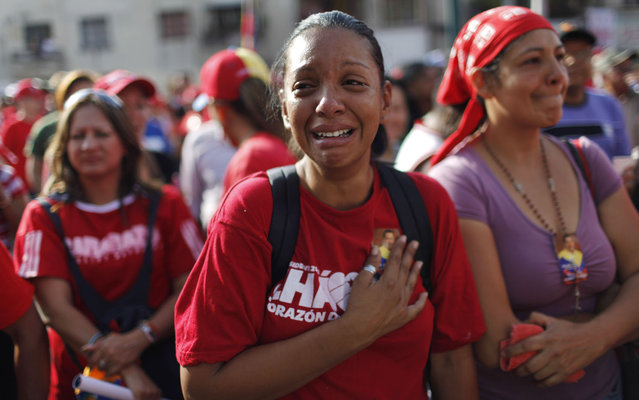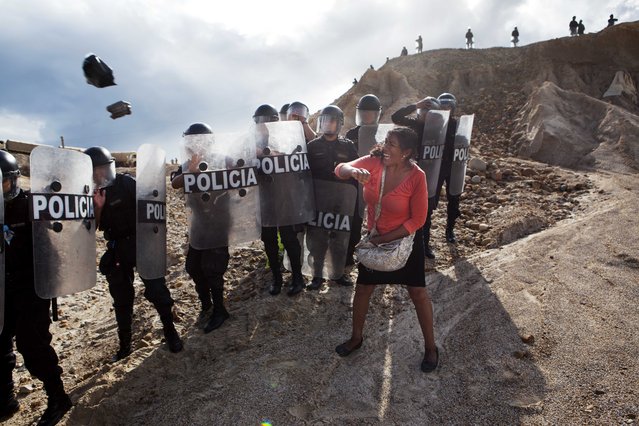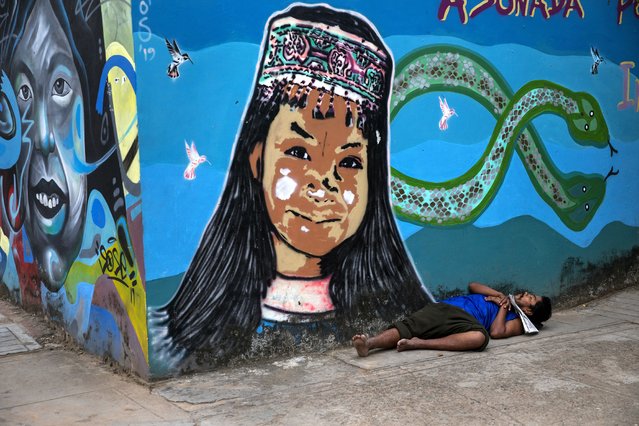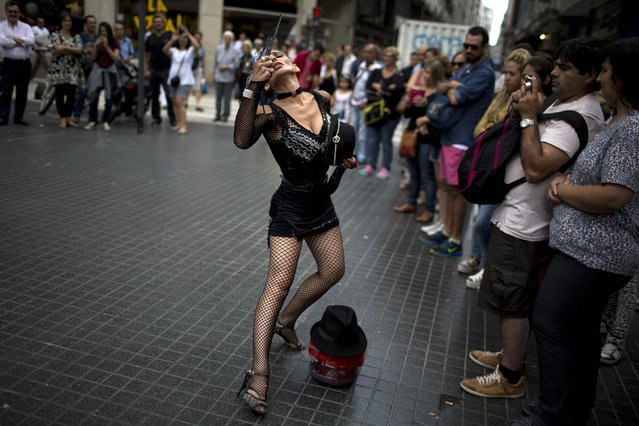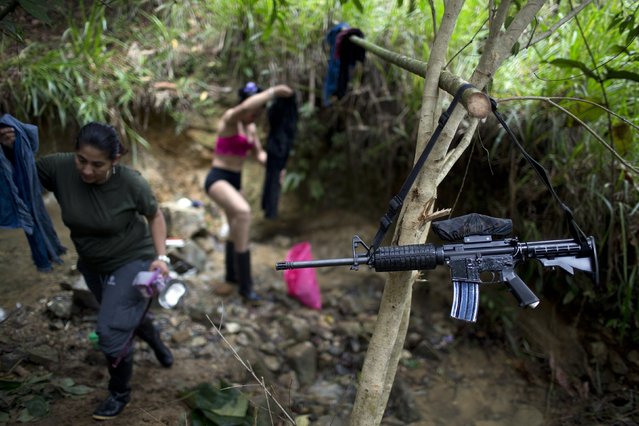
In this January 4, 2016 photo, the weapon of a rebel fighter for the 36th Front of the Revolutionary Armed Forces of Colombia, or FARC, hangs from a branch serving as a makeshift clothesline, near a rebel camp, in Antioquia state, in the northwest Andes of Colombia. “We’ll lay aside our weapons, like the accord says, but never hand them over”, says Juan Pablo, a commander of the 36th Front. (Photo by Rodrigo Abd/AP Photo)
22 Jan 2016 10:45:00,post received
0 comments

